Tranos Zuva
Enhancement performance of road recognition system of autonomous robots in shadow scenario
Jan 09, 2014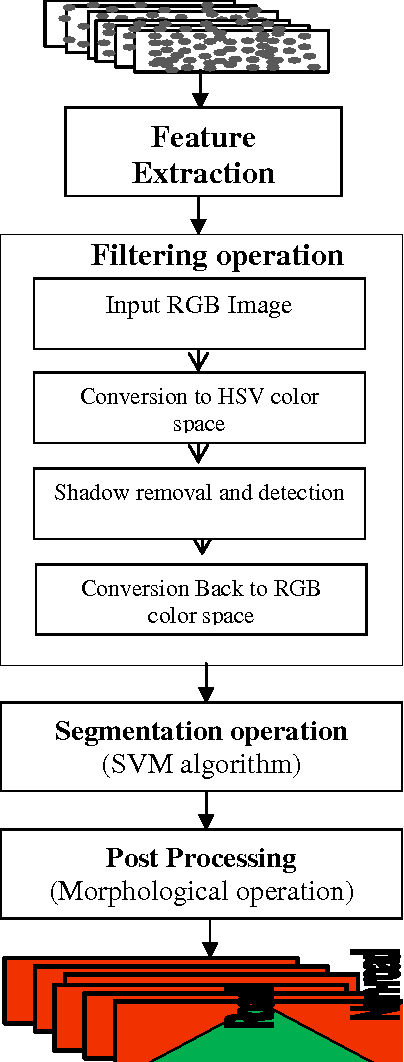
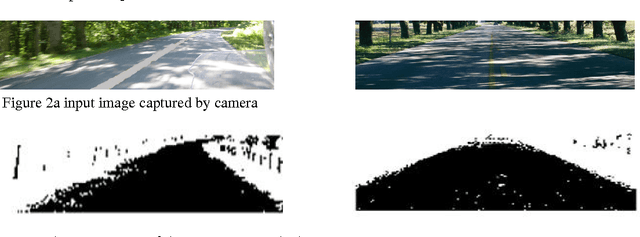
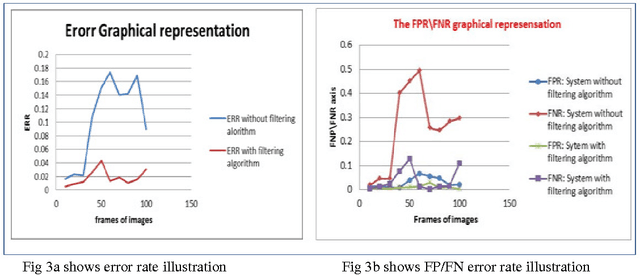
Abstract:Road region recognition is a main feature that is gaining increasing attention from intellectuals because it helps autonomous vehicle to achieve a successful navigation without accident. However, different techniques based on camera sensor have been used by various researchers and outstanding results have been achieved. Despite their success, environmental noise like shadow leads to inaccurate recognition of road region which eventually leads to accident for autonomous vehicle. In this research, we conducted an investigation on shadow and its effects, optimized the road region recognition system of autonomous vehicle by introducing an algorithm capable of detecting and eliminating the effects of shadow. The experimental performance of our system was tested and compared using the following schemes: Total Positive Rate (TPR), False Negative Rate (FNR), Total Negative Rate (TNR), Error Rate (ERR) and False Positive Rate (FPR). The performance result of the system improved on road recognition in shadow scenario and this advancement has added tremendously to successful navigation approaches for autonomous vehicle.
Kernel Density Feature Points Estimator for Content-Based Image Retrieval
Mar 22, 2012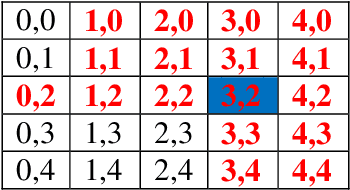

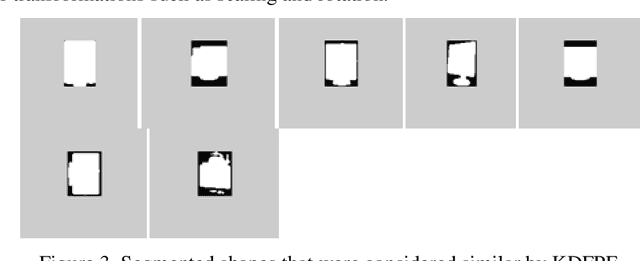
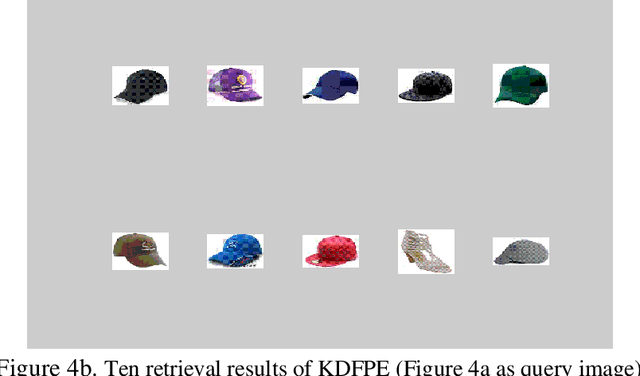
Abstract:Research is taking place to find effective algorithms for content-based image representation and description. There is a substantial amount of algorithms available that use visual features (color, shape, texture). Shape feature has attracted much attention from researchers that there are many shape representation and description algorithms in literature. These shape image representation and description algorithms are usually not application independent or robust, making them undesirable for generic shape description. This paper presents an object shape representation using Kernel Density Feature Points Estimator (KDFPE). In this method, the density of feature points within defined rings around the centroid of the image is obtained. The KDFPE is then applied to the vector of the image. KDFPE is invariant to translation, scale and rotation. This method of image representation shows improved retrieval rate when compared to Density Histogram Feature Points (DHFP) method. Analytic analysis is done to justify our method, which was compared with the DHFP to prove its robustness.
* ISSN 0975-5578 (Online) 0975-5934 (Print)
 Add to Chrome
Add to Chrome Add to Firefox
Add to Firefox Add to Edge
Add to Edge